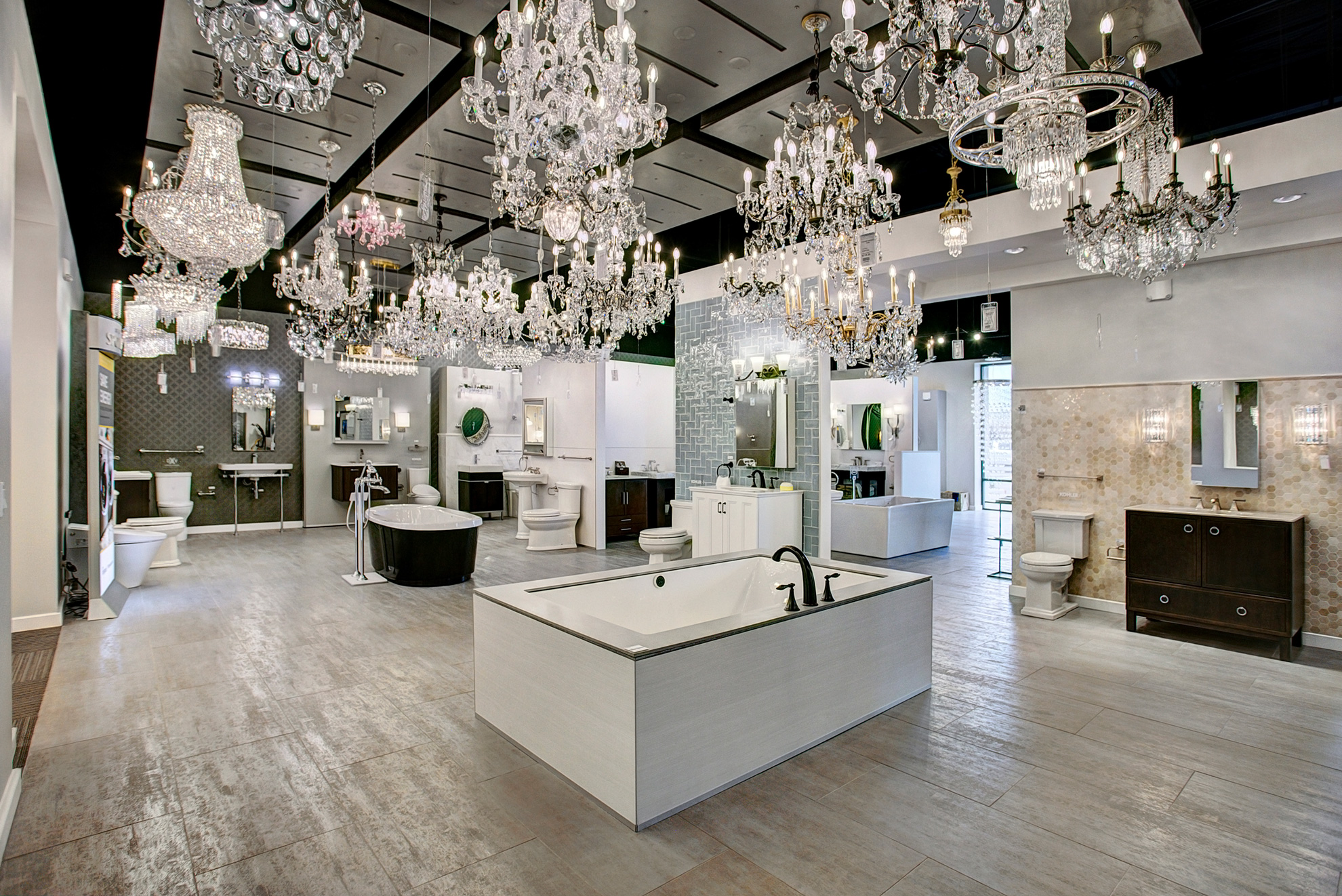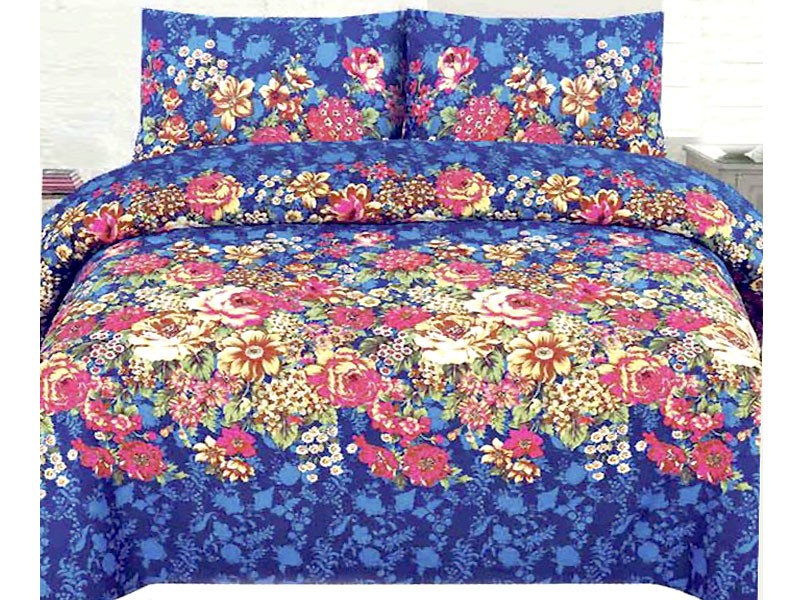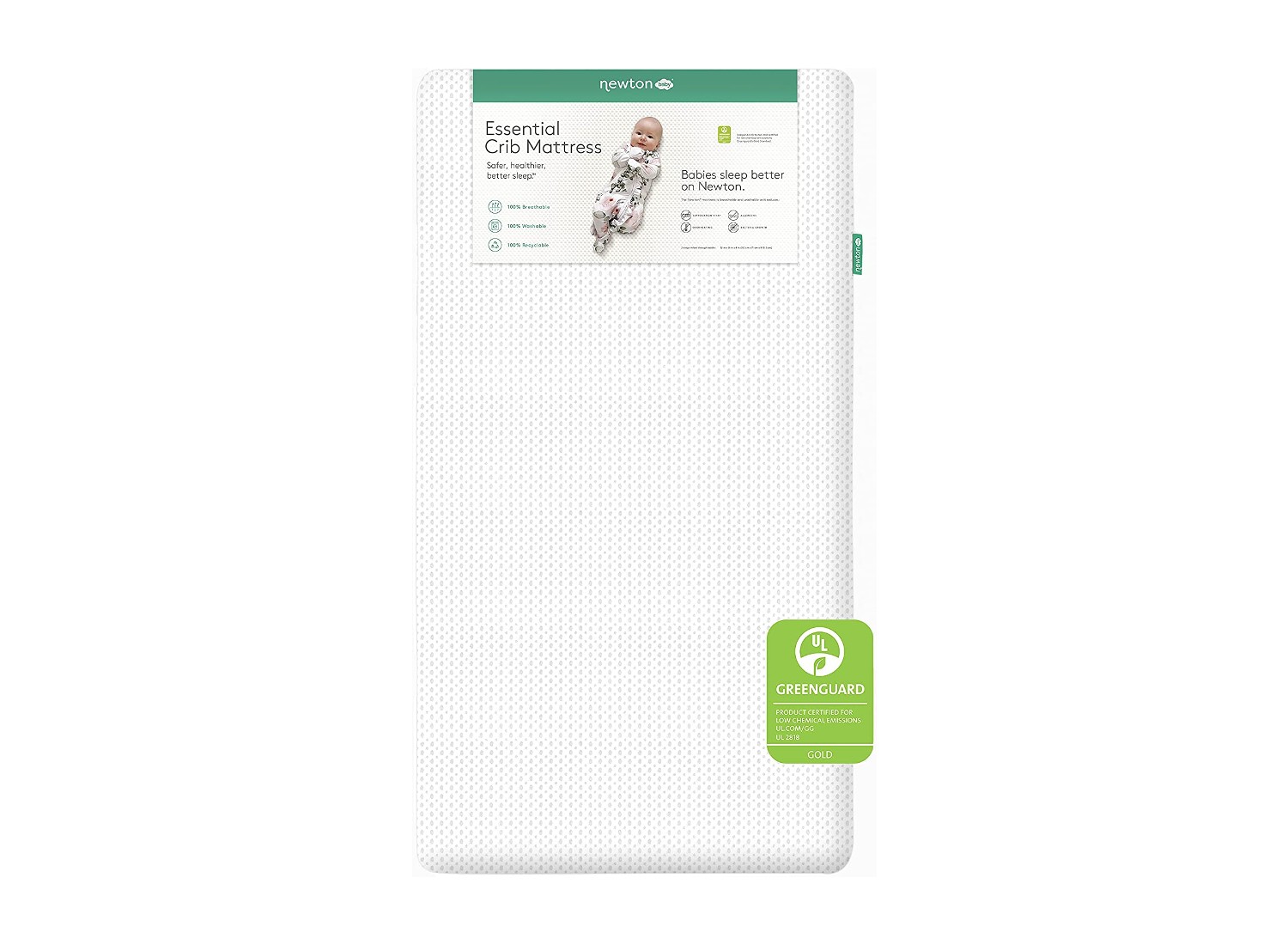Bungalow houses are one of the most popular choices for those looking to embrace a sustainable lifestyle. To keep their resident's energy consumption low, bungalow house designs feature a spacious and open floor plan as well as eco-friendly materials that are tolerant to wear and tear. In order to be even more energy efficiency, many bungalow house designs use sustainable options like airtight window and wall seals, gas-filled windows, energy-efficient lighting, and insulated hot water tanks. Some of the most popular sustainable bungalow house designs include passive house inspired designs, modular and prefabricated options, container homes, net-zero energy designs, and Earthship homes made from upcycled materials.Sustainable Bungalow House Designs
Eco-friendly bungalow home plans are purposefully designed to reduce a resident's environmental impact. Many of these plans feature recycled and reclaimed materials, energy and water-efficient appliances, smart thermostats, and energy-saving features for natural lighting solutions. Additionally, eco-friendly bungalow houses may use sustainable energy sources such as geothermal energy, solar energy, and rainwater systems in order to reduce their energy consumption. Furthermore, many eco-friendly bungalow plans feature a green roof to allow for additional insulation and improved thermal performance.Eco-Friendly Bungalow Home Plans
Net zero energy bungalow house designs are designed to take advantage of the natural environment to be as energy efficient as possible. The main elements of this design focus on using renewable energy sources such as solar, wind and geothermal energy. Additionally, other energy efficiency elements such as energy-saving LED lighting and energy-efficient appliances are included. As a result, these designs are capable of producing as much energy as they consume, making them some of the most environmentally friendly houses out there.Net Zero Energy Bungalow House Designs
Passive House inspired bungalow designs are an incredibly energy-efficient and sustainable home design. This style of house uses high levels of insulation, airtight window and wall seals, and energy-saving features like solar and/or geothermal systems to reduce its energy consumption. Additionally, passive house designs may also feature cross-laminated timber and other recyclable materials to reduce the environmental impact. As a result, these houses are some of the most energy-efficient and sustainable houses available.Passive House Inspired Bungalow Designs
Container homes provide an efficient and sustainable living solution as they are constructed from recycled shipping containers. These homes are designed with several innovative features that make them highly energy-efficient, such as photovoltaic solar systems, energy-saving LED lighting, and double-glazed windows. Furthermore, some container homes may also feature vertical green gardens, rainwater cisterns, and composting toilets to further reduce their environmental footprint.Container Homes for Sustainable Living
Prefabricated and modular bungalow house designs are becoming increasingly popular as they provide a sustainable living solution. These designs are constructed using pre-fabricated parts and components and can be put together quickly and easily at the construction site. As a result, these designs are energy-efficient, cost-effective and are made with green materials that are sustainable and environmentally friendly. Additionally, some of these house designs may also feature solar panels and smart features that further improve their energy efficiency.Modular and Prefabricated Bungalow House Designs
Earthship homes are some of the most sustainable and energy efficient homes available. These designs are constructed with recycled and upcycled materials such as tires, plastic bottles, and glass. This material provides insulation, regulates temperature, and reduces the need for additional materials. Additionally, Earthship homes typically feature solar panels, wind turbines, and rainwater collection systems that provide an energy efficient and self-sustaining household.Earthship and Upcycled Home Designs
Natural building methods are used to construct sustainable and energy-efficient bungalow houses. This type of building is about using the materials that are easily available from nature to build a home that is energy efficient. These building materials include cob, straw bale, clay, sand, and stone that can all be used to insulate a home, reduce its energy consumption and create a healthier, more sustainable living environment.Natural Building Methods for Bungalow Houses
Green roofs are an excellent addition to any sustainable bungalow design. These roofs are constructed from organic materials like soil, moss, and other plants that help reduce the home's energy consumption. Furthermore, green roofs can also help cool the home and service as insulation to help maintain an interior temperature during the hot summer months. Additionally, green roofs also reduce storm water runoff and lessen the environmental impact by reducing the heat absorbed by the home.Green Roofs for Sustainable Bungalows
Off-grid and eco-friendly bungalows are constructed using energy-efficient features that make them sustainable and cost-effective. These homes are typically equipped with photovoltaic systems, solar panels, and wind turbines to reduce their need for electricity from the grid. Additionally, some houses may use rainwater collection systems to help reduce the need for tap water. Furthermore, these houses also include natural building features like thermal mass and insulation to reduce energy loss and help regulate temperatures.Off-Grid and Eco-Friendly Bungalows
Geothermal and Rainwater Systems for Bungalows offer a variety of sustainable and energy-efficient features. Geothermal systems use the Earth's energy to heat and cool the home while rainwater systems provide a way to capture and reuse rainwater. Both of these systems provide an efficient and sustainable way to reduce energy consumption while helping homeowners save money on their energy bills. Additionally, geothermal and rainwater systems can also serve as a great way to gain insight into the environmental impact of a home.Geothermal and Rainwater Systems for Bungalows
Eco-Friendly Building Materials for Sustainable Bungalow House Design
 Sustainable bungalow house design includes the use of materials that are environmentally friendly and cost-effective. Choosing eco-friendly building materials such as straw bale construction, cellulose insulation, bamboo flooring, and salvaged wood, greatly reduces the amount of energy needed to build your house. Not only does using these materials reduce your environmental impact, but they often are also more cost-effective and have a longer lifespan.
Sustainable bungalow house design includes the use of materials that are environmentally friendly and cost-effective. Choosing eco-friendly building materials such as straw bale construction, cellulose insulation, bamboo flooring, and salvaged wood, greatly reduces the amount of energy needed to build your house. Not only does using these materials reduce your environmental impact, but they often are also more cost-effective and have a longer lifespan.
Straw Bale Construction
 Straw bale construction is a great way to reduce construction costs due to the lightness of the material. Straw bales can provide a great insulation barrier, making them an ideal choice for building bungalow houses. In addition, straw bales often come from an agricultural waste product, making them an eco-friendly and sustainable building option.
Straw bale construction is a great way to reduce construction costs due to the lightness of the material. Straw bales can provide a great insulation barrier, making them an ideal choice for building bungalow houses. In addition, straw bales often come from an agricultural waste product, making them an eco-friendly and sustainable building option.
Cellulose Insulation
 Cellulose insulation is a great option for sustainable bungalow house design. Cellulose insulation is made from recycled paper, making it an environmentally friendly option. Additionally, it is durable enough to block out both hot and cold air, helping you save money on energy bills.
Cellulose insulation is a great option for sustainable bungalow house design. Cellulose insulation is made from recycled paper, making it an environmentally friendly option. Additionally, it is durable enough to block out both hot and cold air, helping you save money on energy bills.
Bamboo Flooring
 Bamboo flooring is a great choice for sustainable bungalow house design. Bamboo is a sustainable material because it can be harvested from the same plant year after year, with no harm to the environment. Additionally, it is extremely durable and looks great, making it an ideal choice for any bungalow house.
Bamboo flooring is a great choice for sustainable bungalow house design. Bamboo is a sustainable material because it can be harvested from the same plant year after year, with no harm to the environment. Additionally, it is extremely durable and looks great, making it an ideal choice for any bungalow house.
Salvaged Wood
 Salvaged wood is another great option for sustainable bungalow house design. It can be found at various sources, such as scrap wood yards, demolition sites, and attics. The best thing about salvaged wood is that it is often cheaper than new wood, and can often be in better condition too. Plus, it is better for the environment as no trees are being cut down to make it.
Salvaged wood is another great option for sustainable bungalow house design. It can be found at various sources, such as scrap wood yards, demolition sites, and attics. The best thing about salvaged wood is that it is often cheaper than new wood, and can often be in better condition too. Plus, it is better for the environment as no trees are being cut down to make it.
















































































































/DesignbyEmilyHendersonDesignandPhotobySaraLigorria-Tramp_602-f5347d8bce6c4738a9d458478c8edfef.jpg)





